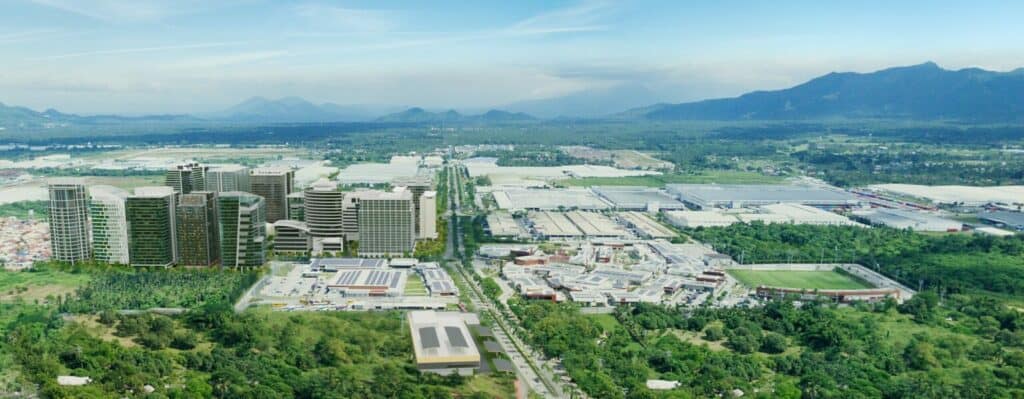
The proposed Public-Private Partnership (PPP) Act can eliminate urban development bottlenecks and amplify the push for livable cities, according to an infrastructure developer.
Patricia Janelli A. Davide, assistant vice-president for structuring and regulatory affairs at Aboitiz InfraCapital (AIC), said the measure can address difficulties in stakeholder management, which is a primary challenge for developers involved in PPP projects.
“It streamlines the process. You don’t have to refer to different laws and ordinances,” she told BusinessWorld on the sidelines of the Liveable Cities Philippines urban development lab on Oct. 26.
“With the [proposed] PPP law, you already have the BOT [Build-Operate-Transfer] Law and the JV [Joint Venture] guidelines all consolidated into one law, so there’s just one reference point and you’re not going around searching for what applies,” she added.
Congress ratified on Sept. 27 the proposed PPP Act, which seeks to harmonize the rules on PPP projects to expand private sector participation in infrastructure programs.
Congress has yet to transmit a copy of the measure to Malacañang for President Ferdinand R. Marcos, Jr.’s signature.
The proposed PPP Code will govern all contracts between a government agency and private partners to finance, design, construct, operate, and maintain infrastructure or development projects and services.
“While most of the time, the funding really comes from the private sector, it’s more of access to rights of way and assistance in securing permits and licenses,” Ms. Davide said on the advantages of entering into PPPs.
“If the government is lacking in funds and technical expertise, that is where the private sector comes in and collaborates,” she added.
Ms. Davide said AIC has submitted some unsolicited proposals to the government but once the PPP Act is signed into law, the company has to resubmit these proposals.
“We’ll be back to square one,” she said.
Ms. Davide noted AIC’s push for livable cities and communities through its economic zone LIMA Estate in Lipa-Malvar, Batangas, which also houses LIMA Water, its water and wastewater business unit transitioning to renewable energy.
“There have been efforts in the last couple of years to make it one entire ecosystem and build it into a smart city,” she said of LIMA Estate.
LIMA Water recently implemented its solar panel project in the economic estate, following the integration of its water systems last year, in a push for sustainable development, AIC said in an Oct. 18 press release. — Miguel Hanz L. Antivola
If you like this article, share it on social media by clicking any of the icons below.
Or in case you haven’t subscribed yet to our newsletter, please click SUBSCRIBE so you won’t miss the daily real estate news updates delivered right to your Inbox.
The article was originally published in Business World.







More Stories
Vista Land Celebrates 50 Years with Sandiwa: An Event Honoring Leadership, Legacy, and the Filipino Dream of Homeownership
Vista Land Celebrates Love Month in Ilocos Region
Vista Land Bridges Cebuano Heritage and Progress with Valencia by Vista Estates